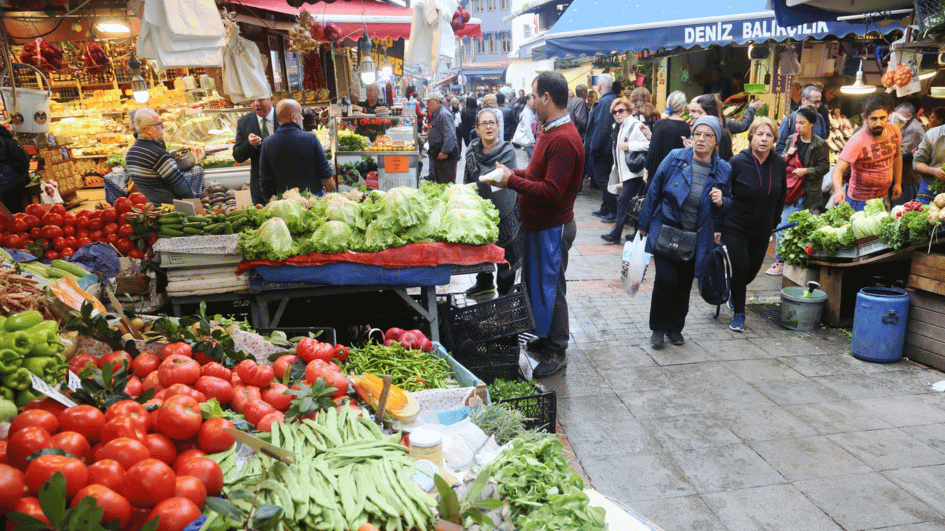Future of green buildings
Nowadays, the “green building” concept has become a trend. When I watch construction sector commercials on TV, I see that all companies use this concept.
The person who started the “green building” movement in Turkey is environmental expert and engineer Dr. Duygu Erten, who spent many years in California before she returned to Turkey.
Erten, based on her experience in California – the state that claims to be the most environmentally friendly in the United States – knocked on the door of the head of the Turkish Foundation for Combating Soil Erosion, Reforestation and the Protection of Natural Habitat (TEMA) Foundation, Nihat Gökyiğit, in 2007.
Gökyiğit, the leading environmentalist in Turkey, listened very carefully to Erten, who is also an expert on earthquake-resilient buildings. Together they formed the “Environmentally Friendly Green Buildings Association.”
Erten is the deputy head of the association, which is a member of the Canada-based World Green Building Council. Erten formed the Turkeco Construction and Energy Company in 2010, which serves as a consultant to those companies that want to obtain a “green building” certificate.
She is the best name to answer the questions that come to my mind about “green buildings.”
I have to mention this before I forget: Erten received the 2012 World GBC Chairman’s Award last June for her contributions to the “green building” movement in Turkey.
In her own words, she has monitored day by day the “green transformation” in the construction sector for six years. According to Erten’s data, there are 28 Leed-certified and 20 Breeam-certified buildings – a total of 48 “green buildings” – in Turkey today.
If I may make a comparison, the number of “green buildings” in the United States is over 10,000. In Turkey, about 150 buildings are candidates for certification.
Probably the “green building” claim that has attracted my attention in TV commercials is the concern of these candidate buildings.
Erten said, “The number of those buildings who obtain a green building certificate is quickly increasing, however, I do not know whether or not the number of green buildings is also actually increasing.”
This is because those agencies who issue certificates review the plans and declarations of construction companies who voluntarily apply for the certificate. After the certificate is issued, whether or not the applications are in accordance with the certificate is not checked.
According to Erten, in order for the “green building” movement to develop healthily, the public sector should set an example.
Moreover, the public has an opportunity to benefit from the incentives of the European Development Bank.
One of Turkey’s “hottest” subjects, due to of “urban transformation,” is the expected building of 7.5 million new residential units between 2012 and 2023.
A portion of these houses, to be built as a “green buildings” in regards to their energy productivity, construction material and land, will no doubt provide a significant drop in Turkey’s carbon emissions.
I need to add that Turkey’s report card on the topic of carbon emissions is full of failing grades.
Meanwhile, I have learned from Dr. Erten that Kadıköy Municipality of Istanbul has taken an important step concerning “green neighborhoods.”
In a project consulted by the Turkeco Company, one neighborhood in the Fikirtepe district of Kadıköy Municipality on Istanbul’s Asian side is undergoing an “urban transformation” to be “green” in all its components.











